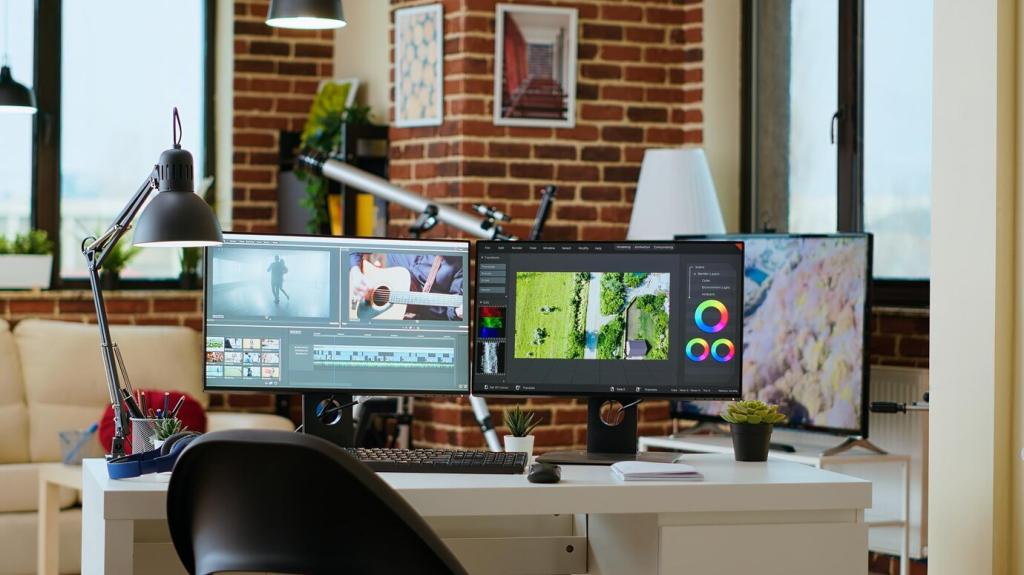Finding Your Own Style: A 7-Day Challenge
Choose one photographer per day. Reverse-engineer light, lens choice, framing, and color. Recreate a feel, not a copy. Write three observations after shooting, then tag your experiments and invite feedback from our readers.
Finding Your Own Style: A 7-Day Challenge
Pick one lens, one color palette, and one time of day. Constraints sharpen noticing. Keep a daily contact sheet and mark honest favorites. Post one frame and ask a friend to describe its mood in three words.




